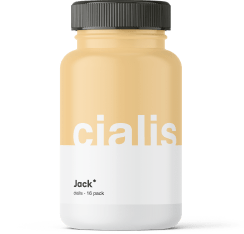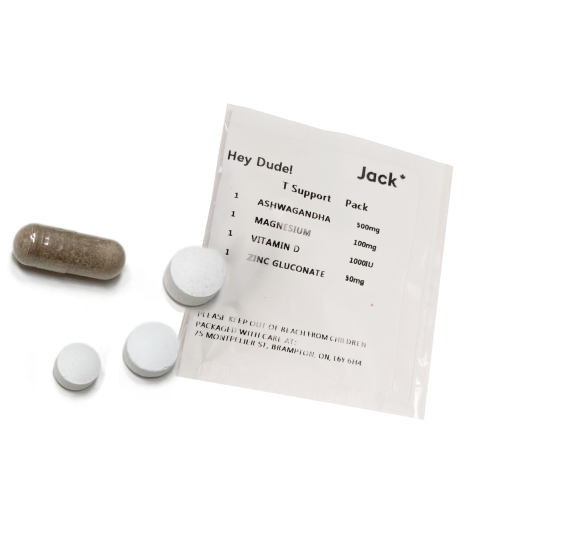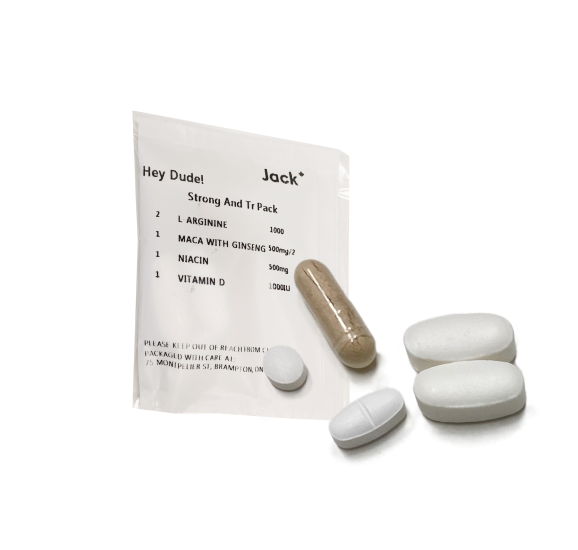Navigating the complexities of testosterone levels across different ages is crucial for both men and women striving for optimal health and well-being.
As a hormone that plays a pivotal role in numerous body functions—from muscle mass and bone density to libido and hair growth—understanding how testosterone fluctuates with age can enlighten individuals about changes in their bodies, inform health decisions, and guide lifestyle choices.
This article aims to demystify average testosterone levels by age, providing insights into what constitutes normal ranges, the symptoms of low or high testosterone, and the impact of these levels on health.
What is Testosterone?
Testosterone is a crucial hormone in the body, playing a significant role in the development and maintenance of male characteristics, but it’s also present in females. It influences muscle mass, bone density, sex drive, and hair growth. Understanding the amount of testosterone and how it fluctuates with age is essential for maintaining health and well-being.
Understanding Testosterone and Age
The relationship between testosterone and age is a dynamic one, marked by natural fluctuations that can significantly impact health and quality of life. From the surge in testosterone levels during puberty that kick starts sexual development and muscle growth, to the gradual decline that comes with older age, each phase of life brings its own challenges and changes.
Understanding these variations is key to recognizing symptoms of imbalance, whether it’s low libido, loss of muscle mass, or changes in mood.
By grasping how testosterone interacts with age, individuals can make informed decisions about lifestyle, diet, and exercise to optimize their hormone levels and maintain vitality throughout the aging process.
Teens
Age | Male (in ng/dl) | Female (in ng/dl) |
7-10 years old | 1.80 to 5.68 | 2.69 to 10.29 |
13-17 years old | 208.08 to 496.58 | 16.72 to 31.55 |
During puberty, testosterone levels increase significantly, leading to changes in the body such as voice deepening, hair growth and muscle development.
Early Adulthood
Age | Male (in ng/dl) | Female (in ng/dl) |
19 years or older | 265 to 923 | 15 to 70 |
In men, testosterone levels tend to be at their highest in early adulthood, aiding in muscle growth, fertility and overall energy levels.
Older Adults
Age | Male (in ng/dl) | Female (in ng/dl) |
40 years or older | 430 and less | Less than 15 |
As men and women age, their testosterone levels naturally decline, which can affect sex drive, bone density, and muscle mass.
Testosterone Levels by Age Chart
Age | Testosterone (nmol/L) | Testosterone (ng/dl) |
20-24 | 14.2 to 19.3 | 409 to 558 |
25-30 | 14.3 to 19.9 | 413 to 575 |
30-34 | 12.4 to 17.3 | 359 to 498 |
35-40 | 12.2 to 16.5 | 352 to 478 |
40-44 | 12.1 to 16.4 | 350 to 473 |
Why Do Testosterone Levels Vary by Age?
Testosterone levels naturally fluctuate due to aging, lifestyle factors, and health issues. Understanding these changes is crucial for managing symptoms and maintaining quality of life.
Grasping the reasons behind the decline in testosterone levels necessitates an understanding of the hormone’s regulatory process. The hypothalamus and pituitary gland in the brain play pivotal roles in this system.
The hypothalamus signals the pituitary gland to secrete luteinizing hormone (LH), which in turn stimulates the Leydig cells in the testes to produce testosterone.
As one ages, several changes occur that affect this process:
- The number of Leydig cells diminishes, and their responsiveness to LH decreases.
- There’s a reduction in the hypothalamus’ release of gonadotropin-releasing hormone (GnRH), which is essential for prompting the pituitary gland to release LH.
Aging also increases susceptibility to certain health conditions that can disrupt the communication between these organs and glands, including:
- Liver and kidney disease
- Obesity
- Diabetes
Typically, the body has a mechanism to halt testosterone production if levels soar too high. However, it’s believed that this negative feedback loop becomes more sensitive over time, inhibiting testosterone release even when levels aren’t excessively high.
Why Do You Need Healthy Testosterone Levels For Your Age?
Maintaining balanced testosterone levels is essential for sexual health, muscle strength, bone density, and overall mental well-being across all ages.
What Level of Testosterone is Considered Low?
Low testosterone is typically defined as levels falling below the normal range for your age and sex, which can lead to symptoms like reduced libido, fatigue, and muscle loss. Experts suggest using a cutoff for low testosterone of 300 ng/dL when evaluating adult men.
What is Considered High Testosterone?
A 2017 study involving more than 9,000 men living in Europe and the United States found that the total testosterone range for males aged 19–39 years is 264–916 nanograms per deciliter (ng/dl). Levels above this are considered high. The 450—600 ng/dl is considered to be a normal range.
Symptoms of Low Testosterone Levels by Age Group
The symptoms of low testosterone can vary widely across different age groups, reflecting the diverse roles this hormone plays at various stages of life. Recognizing these symptoms is crucial for seeking timely medical advice and treatment to mitigate the impacts of low testosterone on health and quality of life.
0-5 Years Old
Low levels at this age can affect growth and development.
6-11 Years Old
Might lead to delayed puberty or growth issues.
12-17 Years Old
Can result in limited puberty changes, affecting growth and sexual development.
18-29 Years Old
Symptoms may include low energy, reduced muscle mass, and decreased libido.
Above 30 Years Old
Symptoms become more varied, including weight gain, fatigue, loss of muscle mass, and erectile dysfunction.
How to Check Your Testosterone Levels
A blood test administered by a doctor can measure your testosterone levels, providing information on whether they’re within a healthy range for your age. A blood sample for a testosterone test should be taken in the morning between 7 and 10.
During these hours, your testosterone levels are typically the highest. A healthcare professional will take a blood sample from a vein in your arm, using a small needle.
If you’re curious about your testosterone levels and how they stack up for your age, exploring a testosterone level test kit might be your next step. These convenient at-home kits can provide valuable insights into your hormone health without the need to visit a clinic. Learn more about how you can check your testosterone levels from the comfort of your home.
Which Therapy is Best for Treating Low Testosterone?
Testosterone replacement therapy (TRT) is often recommended for men with low levels, but treatment should always be personalized based on individual health and symptoms.
- Skin patch. A patch is applied once every 24 hours, in the evening, and releases small amounts of the hormone into the skin.
- Gels. Topical gels are spread daily onto the skin over both upper arms, shoulders, or thighs. It is important to wash your hands after applying and to cover the treated area with clothing to prevent exposing others to testosterone.
- Oral therapy. Capsules are swallowed or tablets are attached to your gum or inner cheek twice a day. Testosterone is then absorbed into the bloodstream.
- Pellets. These are implanted under the skin, usually around the hips or buttocks, and slowly release testosterone. They are replaced every three to six months.
- Injections. Various formulations are injected every seven to 14 days. Testosterone levels can rise to high levels for a few days after the injection and then slowly come down, which can cause a roller-coaster effect, where mood and energy levels spike before trailing off.
Among the various options for testosterone therapy, testosterone propionate is a commonly used form due to its fast-acting nature. If you’re exploring testosterone injections as a treatment method, understanding the specifics of testosterone propionate, including its benefits and how it compares to other forms, can help you make a more informed decision.
Most men feel improvement in symptoms within four to six weeks of taking testosterone replacement therapy, although other changes l may take from three to six months.
While testosterone replacement therapy can offer significant benefits, it’s natural to wonder about its long-term implications. If you’re considering or currently undergoing TRT, you might be interested in learning about the possibility of pausing or stopping treatment. For insights and guidance on navigating testosterone therapy, including pausing or discontinuing its use, click here
Lifestyle Strategies to Maintain Healthy Testosterone Levels
Adopting certain lifestyle strategies can play a pivotal role in maintaining healthy testosterone levels and overall well-being. Together, these lifestyle adjustments can help normalize hormone levels, enhance physical and mental health, and improve quality of life.
Lifestyle Strategies to Maintain Healthy Testosterone Levels
Adopting certain lifestyle strategies can play a pivotal role in maintaining healthy
testosterone levels and overall well-being. Together, these lifestyle adjustments can help normalize hormone levels, enhance physical and mental health, and improve quality of life.
Regular Physical Exercise and Strength Training
Exercise helps increase testosterone production and maintains muscle mass. A combination of aerobic (increase in heart rate) and resistance (weightlifting) training has been found to increase the production of testosterone.
This also helps prevent the most common diseases that men are most likely to die from, heart disease and cancer. Overtraining in endurance sports such as American football and weight-class wrestling and excessive exercise with calorie restriction can cause testosterone deficiency as well.
Balanced and Nutrient-Rich Diet
A diet rich in proteins, fats, and carbohydrates can support hormone levels. Poor nutrition is at the root of many diseases and can also create an imbalance of male hormones.
Foods to avoid:
- Excessive sugar
- Excessive caffeine
- Red meat and other sources of animal fat
- Excessive dairy products
- Food dyes
- Processed foods
Foods to include:
- Green tea
- Multicolored fruits and vegetables
- Nuts (particularly Brazil nuts which are rich in selenium—two a day is plenty)
- Fiber (covered by eating fruits and vegetables)
- Ground flax seed (1 tablespoon a day)
- Soy products (soy milk instead of cow’s milk)
Adequate Sleep and Stress Management
Sleep and stress reduction are key to maintaining healthy hormone levels. Most of the body’s testosterone is made during deep sleep when a person is in Rapid Eye Movement (REM). A disrupted sleep cycle with less time spent in REM has been associated with low testosterone levels.
Maintaining a Healthy Body Weight
Weight management can help normalize testosterone levels and improve overall health. This is probably the most important thing a man can do. As belly fat increases, there is an increase in activity of the enzyme “aromatase” which converts testosterone in the fat cells to estrogen.
This reduces testosterone and increases estrogen, which can increase fat deposition in typical female areas (breast, hips, thighs) and increase the risk of enlargement of the prostate and even prostate cancer. With every one-point drop in your body mass index (BMI) your testosterone level will increase by approximately 1 point. In fact, management of obesity may prevent declining total testosterone in the aging male.
Moderation in Alcohol Consumption
Reducing alcohol intake can positively affect testosterone production and balance.
Key Takeaways
- Understanding the Dynamics of Testosterone: Recognizing how testosterone levels fluctuate with age is key to managing health and well-being. The natural increase during puberty and gradual decrease in older age underscores the hormone’s significant impact across the lifespan.
- Identifying Symptoms of Imbalance: Symptoms of low testosterone can vary by age group, highlighting the importance of awareness and early intervention. From growth delays in children to fatigue and muscle loss in adults, understanding these signs is crucial for seeking appropriate treatment.
- Personalized Treatment Options: Testosterone replacement therapy (TRT) Lifestyle Adjustments for Hormone Balance: Implementing lifestyle strategies—such as regular exercise, a balanced diet, adequate sleep, weight management, and moderation in alcohol consumption—is essential for maintaining healthy testosterone levels and enhancing overall physical and mental health.
Frequently Asked Questions
What is a Testosterone Level Test?
A testosterone levels test measures the amount of testosterone in a sample of your blood. Testosterone is known as a “male” sex hormone, but females have testosterone in smaller amounts. Testosterone is made by: The testicles (or testes), the part of the male reproductive system that makes sperm.
What Do the Results Mean from a Testosterone Level Test?
A testosterone level test alone can’t diagnose any health conditions, but abnormal results with symptoms may be a sign of a health problem. In males, low T levels may be caused by different conditions, including: Chronic (long-lasting) diseases such as liver, or kidney disease. A pituitary gland disorder.
How Often Should You Test Your Testosterone?
If initial test results are low, repeat measurements are recommended in 2 to 3 weeks, since repeat levels may be within the normal range in up to 30% of cases. Additionally, at this point it is prudent to consider outside influences on sex hormone production and address these issues first if appropriate.
Testing frequency depends on individual factors, symptoms, and doctor’s advice. Typically, annual check-ups are recommended for older adults or those experiencing symptoms of hormone imbalance.
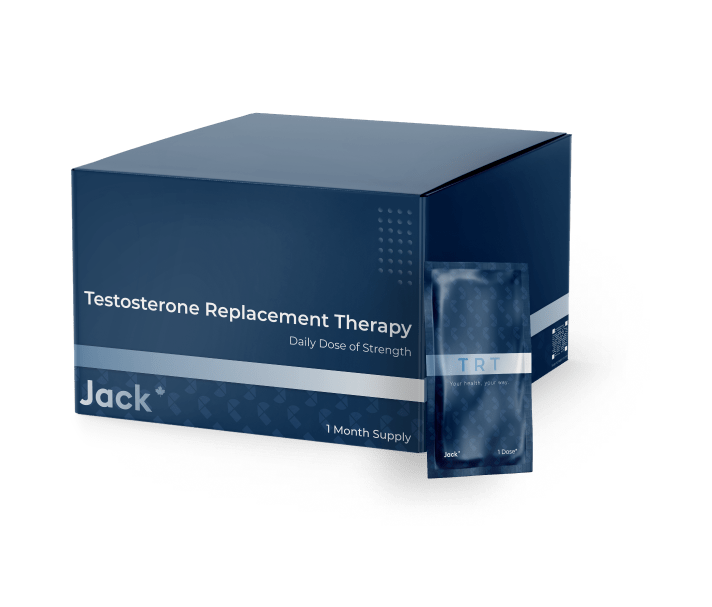





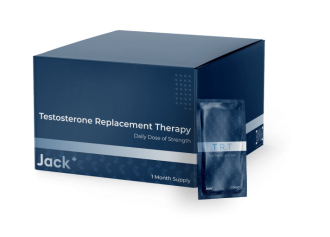
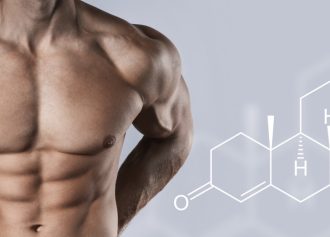







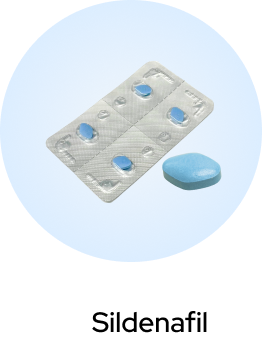
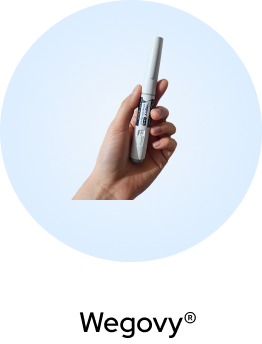
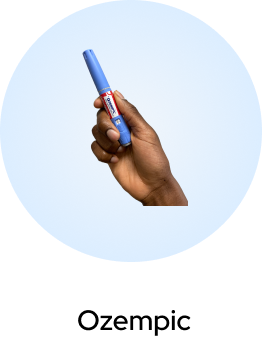


 (US)
(US)